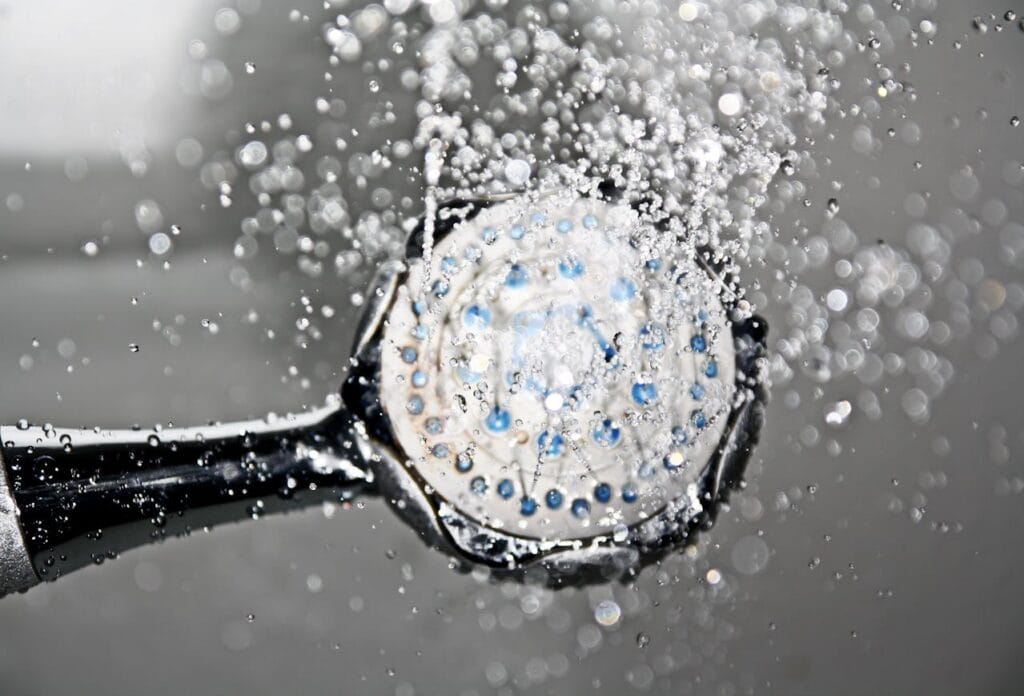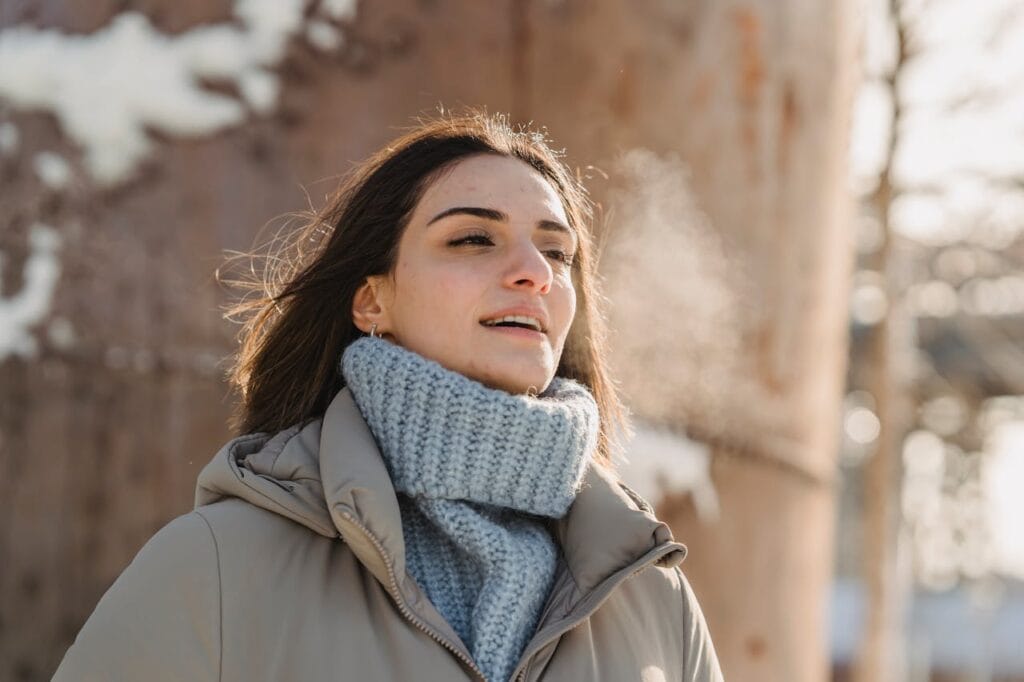It is believed that seasoned people are less likely to catch colds and, in general, thanks to their healthy habits, have better health. We decided to find out if this is so.
The media report that hardening improves health (“RIA Novosti", "Gazeta.ru", "Channel 5", "Championship", "Evening Moscow") And sites, dedicated medicine. You can often find on the Internet statements, What hardening especially useful for children and start it need to from early years of life. Even Russian government agencies advise strengthening health in this way, for example Administration of St. Petersburg, Department of Labor and Social Protection of Moscow And Rospotrebnadzor.
According to Great Medical Encyclopedia (BME), hardening is a way to increase the body’s resistance to adverse external factors. Since, thanks to modern comfortable living conditions in cities, many people are less dependent on weather changes, the readiness of their bodies decreases. Hardening is intended to support a person’s resistance to the external environment. In a broad sense, hardening includes a set of measures to adapt to too high temperatures, ultraviolet radiation, low atmospheric pressure (for example, before going to the mountains), etc. In most non-academic sources, hardening refers to short-term exposure to cold on the human body, and this analysis will also mainly focus on preparing the body for low temperatures and its supposed health benefits. The compilers of BME name among the methods used for this type of hardening, cool air baths and wiping or dousing with water (this method is considered more intense due to the greater thermal conductivity of water).

Apparently, it is really possible to accustom yourself to the cold. To maintain the temperature in the region of 36–37 °C, a protective layer is provided in the human body. mechanism: at low temperatures, skin vessels narrow, directing blood to heat internal organs. However, if exposure to cold is too long or intense, the body uses a different tactic - trembling, that is, involuntary muscle contraction. Thanks to this, it is possible, by spending energy, to produce heat and protect the body from hypothermia. According to research results, the reaction of the human body, accustomed to low temperatures, different: in response to the same intense cold, its blood vessels do not constrict, the body releases more heat, and the skin retains it better. In general, such a person feels more comfortable in the cold and can avoid hypothermia longer. However, for this effect to persist, you need to temper yourself regularly - after a long break, thermoregulatory functions are returning to the original parameters. In other words, it is impossible to harden yourself in childhood for the rest of your life.
Increased resistance to frost can be useful, for example, for polar explorers who, due to their duty, are forced to spend a lot of time in the cold. An ordinary city dweller does not need to be outside for so long at low temperatures; the risks of severe hypothermia or frostbite are much lower, so it is not so necessary to prepare your body for severe frosts. As for other possible unpleasant consequences from being in the cold, the cold itself can't cause the occurrence of colds (as, by the way, meningitis), they are caused by pathogens that have entered the body that the immune system could not overcome.
There is an opinion that low temperatures negatively affect the functioning of the immune system, which is why a person becomes more susceptible to various types of colds in winter. The scientific community has not yet reached a consensus on the veracity of this claim. There is a limited number of studies that support this theory. For example, in 2017, scientists from Thailand found outthat cells stored at +25 °C produce cytokines (substances that provide an immune response to pathogens) worse than at +37 °C. However, this study was carried out in vitro, that is, in laboratory conditions on individual cells. If the cells in the human body are cooled to +25 °C, a possible cold will be the least of the problems, since risk death occurs already at a body temperature of +32 °C. To prevent this from happening, the body has a protective mechanism, which was discussed above. So it is not entirely clear whether the body needs to be “trained” to resist low temperatures, since there is no clear answer as to whether they in any way affect a person’s susceptibility to colds.

People really do get sick in winter. more often, however connected this is not so much due to frost, but rather due to the fact that at sub-zero temperatures the air becomes drier both outdoors and indoors (it retains water vapor worse than warm water, and inside buildings this is also aggravated by heating). Through dry air to microbes easier spread. When a sick person sneezes in high humidity, the aerosol released from their nose and mouth binds with moisture in the air, forming larger droplets that fall to the ground more quickly. If the air is dry, this germ-laden aerosol stays in the air longer, meaning others are more likely to inhale it. In addition, in winter, due to short daylight hours and reduced time people spend outdoors, many people experience a lack of vitamin D, since it is produced in the body under the influence of sunlight. In addition, in closed spaces people have a higher risk of encountering viruses and bacteria than in the fresh air. Hardening will not protect against these factors in any way.
In 2016, Dutch scientists conducted experiment. 3000 subjects without hardening experience were divided into four groups. Three of them had to take a contrast shower daily for three months (the duration of the cold phases varied from 30 to 90 seconds depending on the group), and the fourth participants were not supposed to take a contrast shower for the first month, and also include it in their daily routine for the next two months, but independently determine the duration of exposure to cold water. Three months later, the researchers compared how many times the subjects did not go to work due to illness during the experiment. It turned out that participants from the first three groups, who took a contrast shower for three months according to certain recommendations, got sick less often than the control group. However, oddly enough, there was no statistically significant difference in the number of days spent on sick leave between representatives of the four groups.
Also in the scientific community there is opinionthat short-term stress can enhance the body’s immune response and its manifestations (wound healing, fighting viruses and infections, etc.). However, we are talking not only about stress associated with cold, but also about any other stress - psychological or physical. For example, short-term physical stress on the body can be achieved through sports. Most likely, a hardening person will generally lead a healthier lifestyle, including not neglecting physical exercise, so it is difficult to talk about the effect specifically from systematic contact with cold. This is evidenced by the results experiment, published in 2015 by scientists from the UK. Forty-four pairs of swimmers and non-swimmers were observed for 13 weeks. At the same time, approximately half of the swimmers preferred to train in the pool, and the rest preferred to train in natural reservoirs, where the water temperature is noticeably lower. During the experiment, participants reported daily on their physical activity and health status. The results showed that swimmers overall were less likely to get sick than their non-swimmer study partners, but there was no statistically significant difference in the incidence or severity of illness between pool lovers and those who preferred cold water.

“Checked” was unable to find any serious contraindications to gradual hardening, so even if it does not bring significant benefits, it is at least safe to do it. However, the key word here is “gradual.” In some sources, even swimming in ice water is considered a hardening method, but an unprepared person, immersed in water with a temperature of +10–15 °C, can get cold shock and die. Compilers of the BME advise start daily hardening with water at a temperature of +34–35 °C, then every seven days reduce it by 1 °C, gradually bringing it to +22–24 °C. If there is no negative reaction from the body, after months of such procedures, the water temperature can be lowered to +10–12 °C. As for hardening with cold air, experts also do not recommend sharply exposing yourself to low temperatures: you need to start with +14–15 °C for 3–5 minutes. per day. People with cardiovascular diseases should engage in hardening with special caution.
Thus, judging by the data available today, hardening can be useful for people who have to spend a lot of time in the cold, for example, polar explorers or some athletes. Low temperatures themselves cannot provoke colds or other infectious diseases, and there is not yet enough convincing evidence of the negative effect of cold on the functioning of the immune system to consider accustoming the body to it as necessary. Apparently, short-term stress, including temperature, can stimulate the immune system, but hardening is far from the only way to achieve this. At least for a healthy person, hardening procedures are relatively safe if you introduce them into your life gradually.
Cover photo: pexels.com
Read on the topic:
- Healthline. Cold Shower Benefits for Your Health
- Is it true that immunity drops in the spring and needs to be raised?
- Is it true that air conditioning can cause colds, sore throats, neuralgia, pneumonia and headaches?
- Is it true that if you walk around without a hat in winter, you can get meningitis?
If you find a spelling or grammatical error, please let us know by highlighting the error text and clicking Ctrl+Enter.






